Sento: Bath Houses with Character
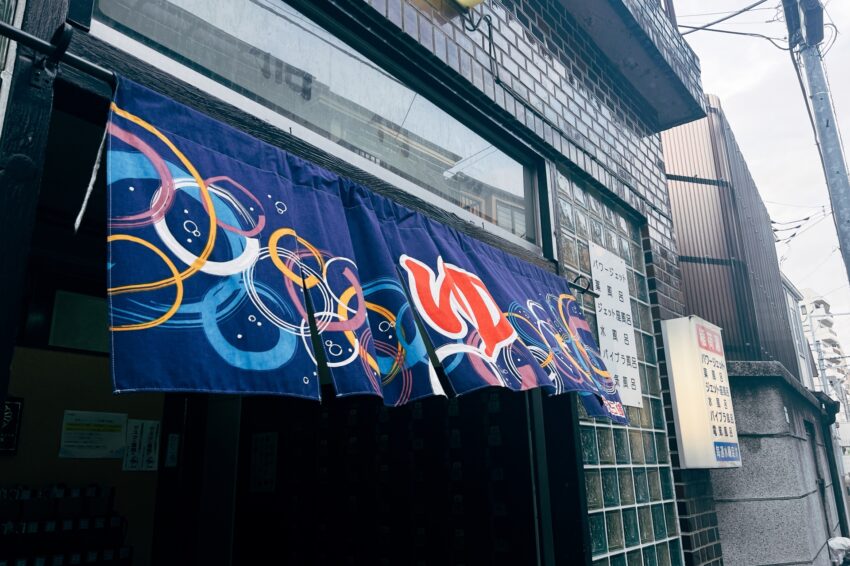
There are times after a long week at work and all you want to do is relax in a bath and let all your stress wash away. However, the “bath” in your apartment is so small, you pretty much must asian squat to fit into it, or the nearby onsen is crowded because it’s Friday or it’s a bit on the expensive side. So, the answer to this, could be a visit to your local sento (銭湯).
A sento (sometimes referred to “yuya” (湯屋) and “furoya” (風呂屋) ) can be a lot like an onsen, it can have baths with different temperatures, a sauna, towel rental and drinks and ice cream for afterwards. However, they are smaller as they are aimed at servicing the local community. Which can mean they are cheaper! Also, onsens are governed by the Onsen Laws of Japan and have many conditions that must meet before they can be called an onsen. Plus, they usually use water from a nearby hot spring, while a sento doesn’t.
Like an onsen, sentos have separate sections for men and women.Change rooms are usually fairly basic with a locker to put your clothes in and there are hair dryers available. You shower before using the bath and shampoo and body soap are supplied. You will see regulars who have small baskets full of products they like to bring with them; personal shampoos, facial scrubs, face masks, etc.
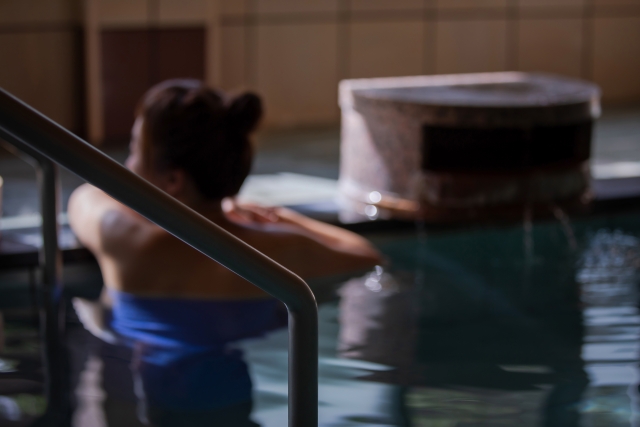
Photo by FineGraphics
Sentos are often small but can have a lot of charm about them. In about 1968, there were about 18,000 sentos across Japan, sadly their popularity is on the decline. In 2020, it was reported less than 500 remained in the Tokyo area alone. However, this decline has seen some sentos come up with fun ways to lure customers back in.
Refurbishments are obviously a great way, as no one wants to bath in an old run down sento. Naoshima bath has been transformed into a work of art. The exterior and interior are decorated with mosaic, wall murals and ceramics. It’s become a local tourist attraction, so much so, that tourist have to be reminded not to be too noisy when arriving or leaving at the bathhouse. Just be aware that sometimes tourist will get charged a higher entrance fee than locals at Naoshima. Kariyou-yu in Shibuya has been updated to a sleek modern design, that you wouldn’t realise it was founded in 1916. It has an assortment of baths at different temperatures and even a carbonated bath.
Other sentos have branched out into merchandise. Selling not just shampoos and body soaps but also towels, sauna accessories and clothing all branded to the sento itself. Umeyu in Kyoto even has its own website dedicated to selling t-shirts, socks, towels, etc. https://youkiyu.stores.jp/ For people who want to check it out. A lot have also expanded to social media, like twitter and Instagram, to help sell merchandise, let customers know about opening hours and even events. Yes, events. Want to hold a live music event at your local sento? Places like Umeyu will hold live music for an evening in the bath house.
Other sentos have combined to create stamp rallies to encourage people to visit various sentos in their area. Taito Ward in Tokyo had a stamp rally in 2022 to help promote local sentos. You had to visit each sento in the ward and then return to your favourite again to collect 20 stamps. If you collected them all you were eligible to win prizes.
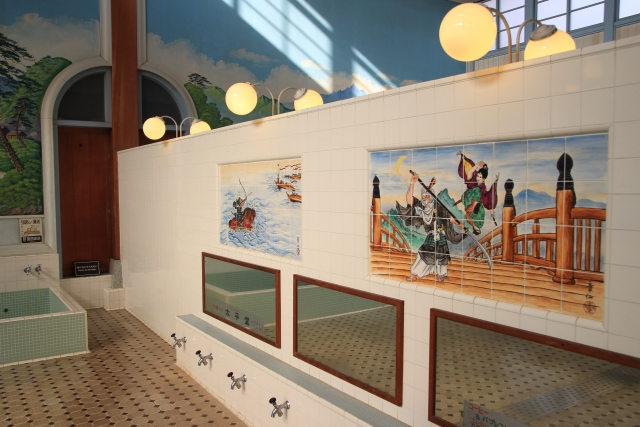
Photo by おがさわら
Most prices range from 400 yen to 700 yen, depending on the area and popularity of the sento. Some sento are even tattoo friendly! So, after a long hard work week, why not go down to your local sento and have a relaxing bath. Who knows you might get lucky and have the entire place to yourself!
Photo Credits:
Additional Photos by FineGraphics , おがさわら
All other content (text) created by the original author and © 2023 MUSUBI by Borderlink
RELATED
-
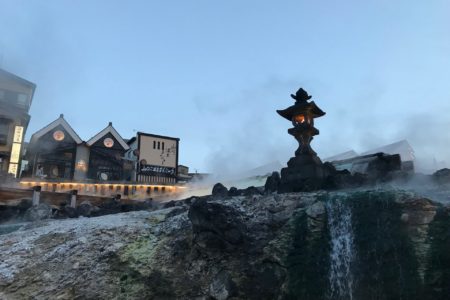
At a Glance: Must-Visit Onsen Towns
Top photo: Kaede KBYS on Unsplash During the cold, dark days of winter, I am reminded that this time of year i… -
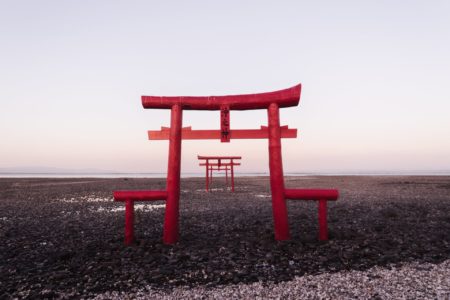
Four Japanese Philosophies For You
Top photo: Ryoji Iwata on Unsplash Japan is rich with philosophical ideas that come from Zen Buddhist philoso… -
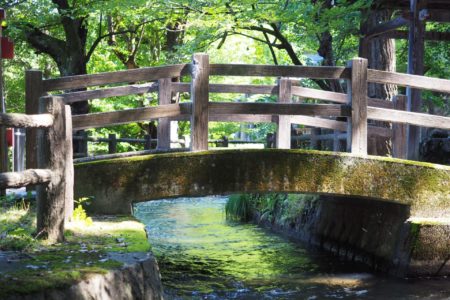
Good Fortune & Great Sights in Aizu
Top photo: Shino on Unsplash Aizuwakamatsu, the Samurai city. When you walk around the small city, you can se…
PEOPLE

Rushi Dai
From Australia
Has experienced Japan for 2 years!


